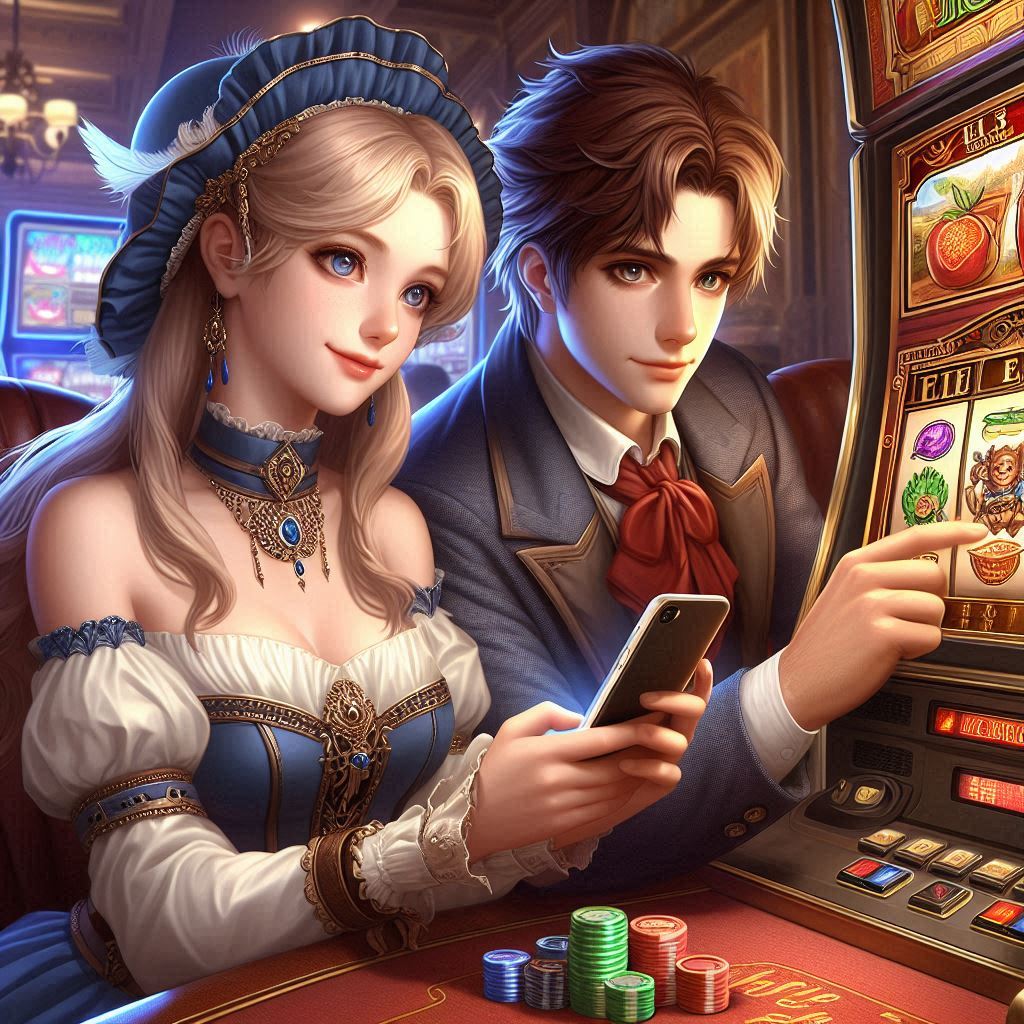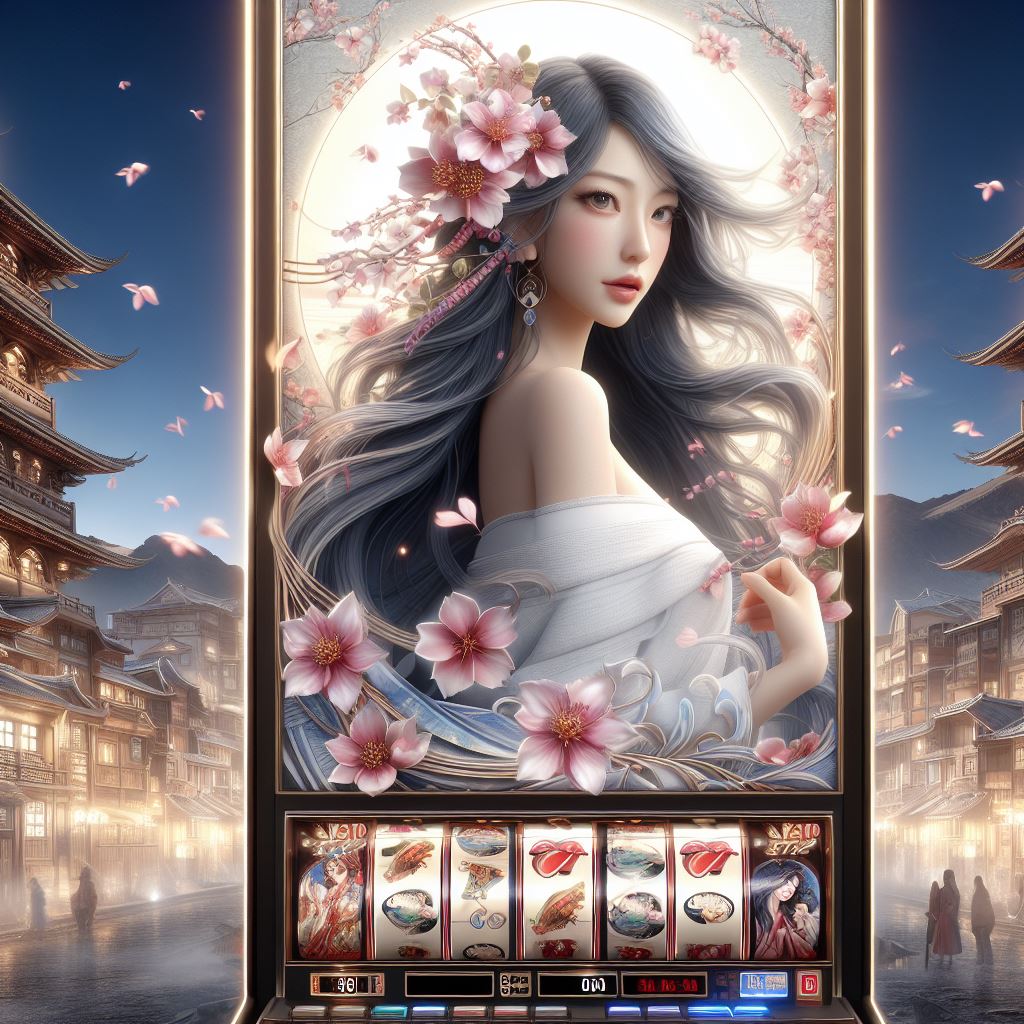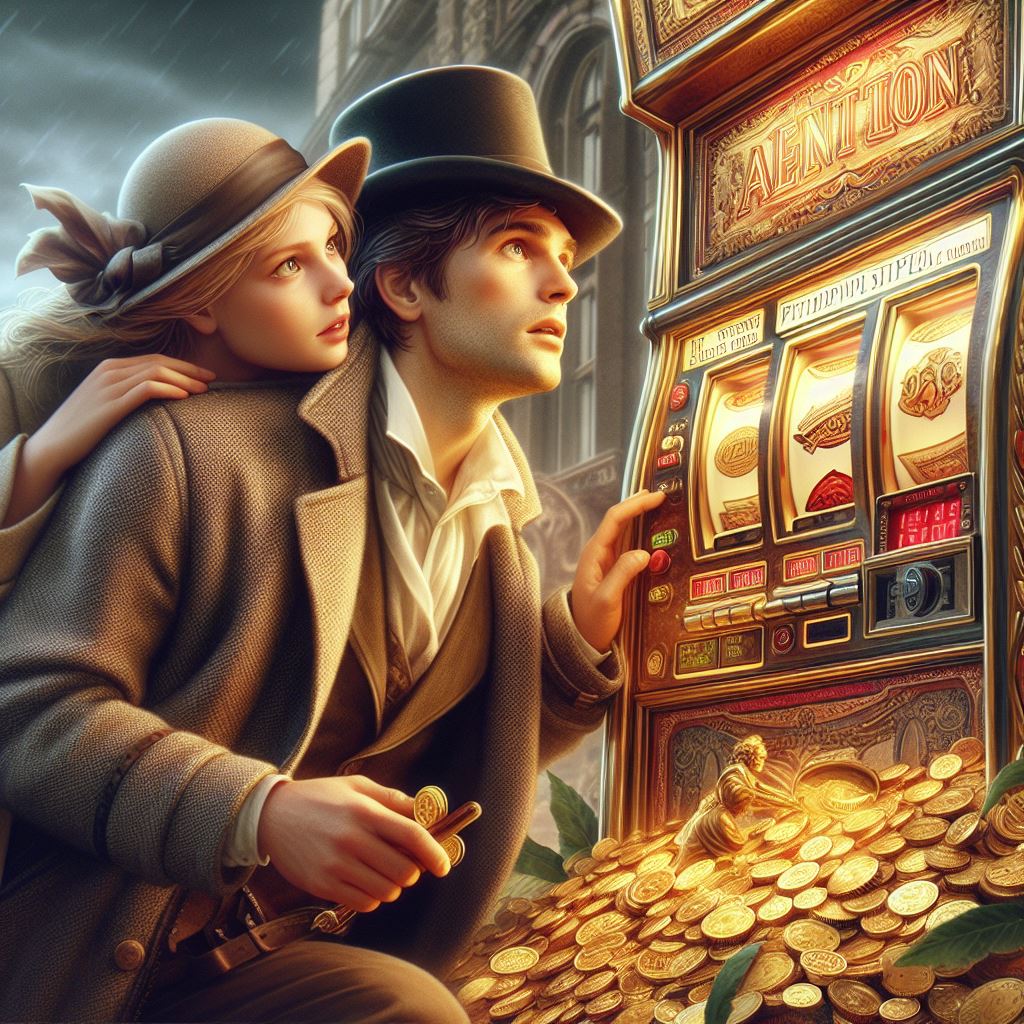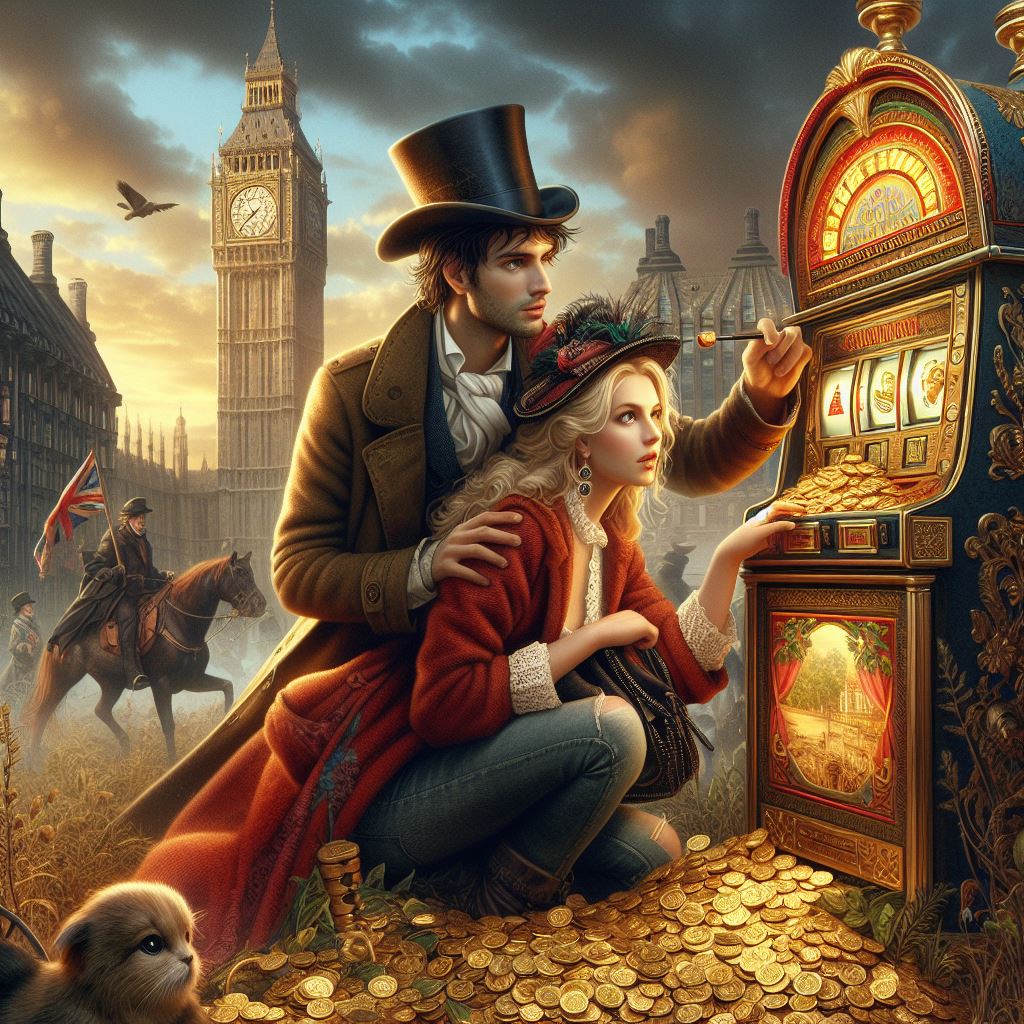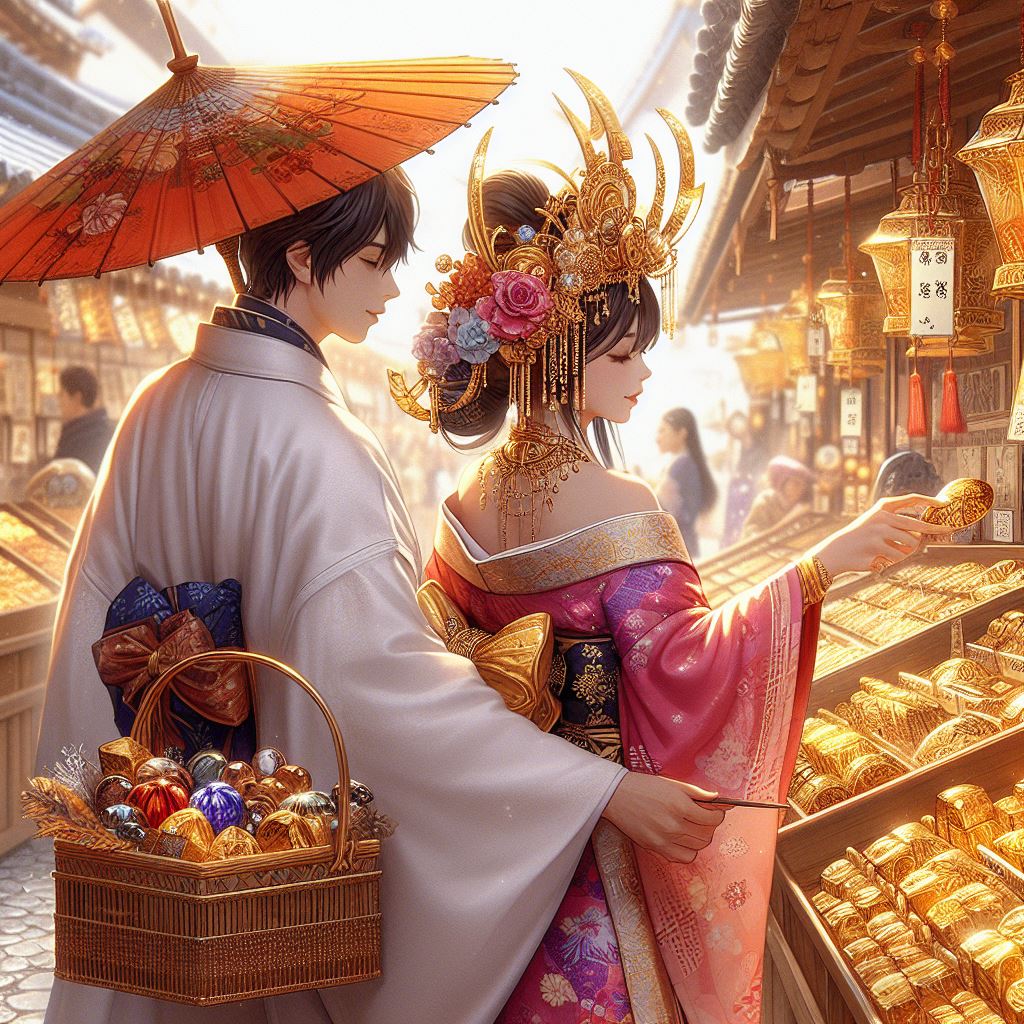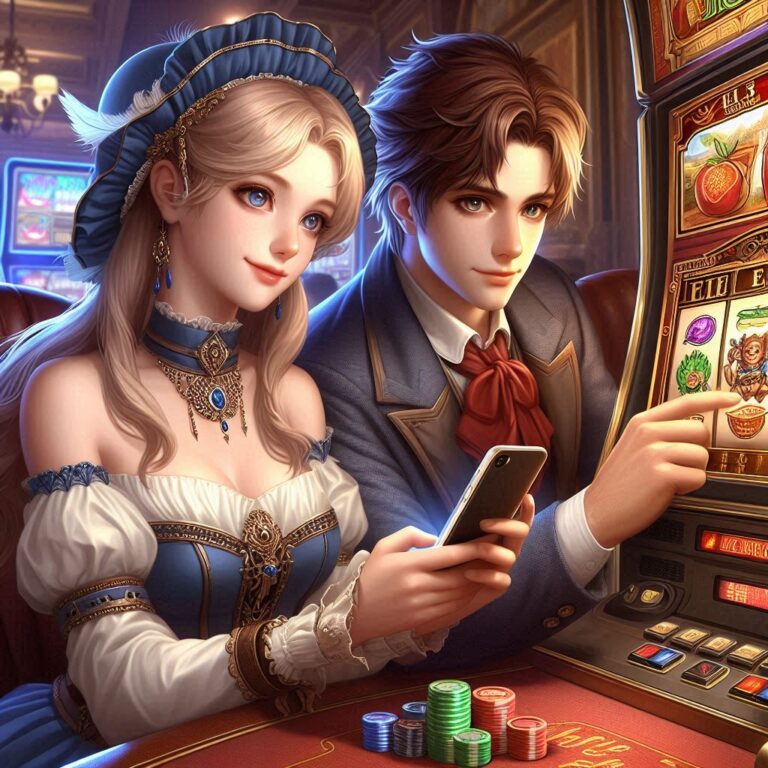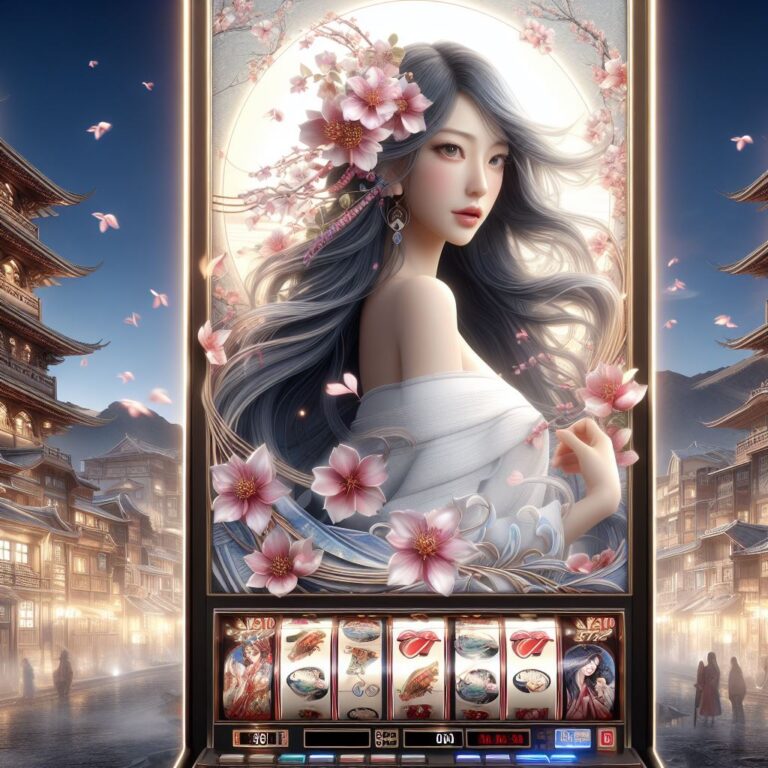Dunia virtual: Petualangan Seru dan Kesuksesan di Dunia Slot
Dunia virtual: Petualangan Seru Dalam era digital yang semakin maju, dunia virtual telah menjadi rumah bagi berbagai jenis hiburan, termasuk perjudian online. Di tengah gemerlapnya [Read More…]
virtualvenice: Menghadapi Tantangan dengan Keberanian di Slot
virtualvenice: Menghadapi Tantangan dengan Keberanian di Dunia perjudian online telah menjadi rumah bagi jutaan pemain yang mencari sensasi dan kegembiraan, terutama di dunia slot. Sebagai [Read More…]
Slot Online: virtualvenice Berbagi Tips untuk Bermain Efektif
Slot Online: virtualvenice Berbagi Tips untuk Bermain Efektif merupakan judul dari sebuah artikel kami kali ini. Kami ucapkan Selamat datang di virtualvenice.info, Menyelami Labirin Judi [Read More…]
Rahasia Kesuksesan Slot Fa Cai Shen dari Habanero
Rahasia Kesuksesan Slot Fa Cai Shen dari Habanero Dalam dunia perjudian daring yang penuh dengan persaingan sengit, sedikit yang dapat menyaingi pesona dan popularitas Slot [Read More…]
Dampak Psikologis Bermain Slot Tuk Tuk Thailand
Permainan slot online telah menjadi salah satu bentuk hiburan paling populer di dunia kasino digital, dengan Slot Tuk Tuk Thailand dari Habanero sebagai contoh yang [Read More…]
Pengenalan Lengkap: Slot Tuk Tuk Thailand dari Habanero
Pengenalan Lengkap: Slot Tuk Tuk Thailand merupakan salah satu kreasi terbaru dari Habanero, perusahaan yang dikenal dengan pengembangan software permainan kasino yang inovatif dan menarik. [Read More…]
Menyelami Mitos Sorotan Slot Four Divine Beasts dari Habanero
Menyelami Mitos Sorotan Slot Four Divine Beasts Dalam dunia slot daring yang penuh dengan keajaiban dan kisah-kisah legendaris, Habanero mempersembahkan salah satu karya terbaiknya yang [Read More…]
Tema Unik Slot London Hunter: Era Victoria dalam Game
Tema Unik Slot London Hunter, kreasi terbaru dari provider game Habanero, membawa pemain ke dalam suasana unik dan menarik dari era Victoria. Dengan menggunakan desain [Read More…]
Mengenal Slot London Hunter Inovasi Terbaru dari Habanero
Mengenal Slot London Hunter dari Habanero adalah sebuah inovasi terkini dalam dunia game slot yang menggabungkan tema klasik era Victoria dengan teknologi modern. Permainan ini [Read More…]
Bermain ke Dunia Ajaib Slot Mystic Fortune Deluxe
Dalam dunia perjudian daring yang dipenuhi dengan berbagai jenis permainan, Bermain ke Dunia Ajaib Slot Mystic Fortune Deluxe dari Habanero. Permainan yang menonjol sebagai salah [Read More…]
